1. Trepanation: Drilling Holes in the Skull

Trepanation, the practice of drilling holes into the skull, dates back thousands of years. Ancient civilizations believed it could treat conditions like headaches, epilepsy, and mental illness by releasing evil spirits or balancing the brain’s humors. The procedure was performed using primitive tools, and though the idea seems strange now, some people survived it, which baffled modern doctors for years.
Despite the risk of infection and death, trepanation was considered cutting-edge in certain ancient societies. The practice persisted well into the 19th century before being replaced by more effective treatments. Interestingly, some proponents of modern alternative medicine still believe that drilling into the skull could help improve mental function, adding another layer to its bizarre history.
2. Bloodletting: A Cure for Almost Everything

Bloodletting was once considered a cure-all treatment, used to treat conditions from fever to the plague. The theory behind this practice was that diseases were caused by an imbalance of the body’s humors, and removing blood would restore balance. Physicians would use leeches or sharp instruments to draw blood, often draining much more than was necessary.
Even though bloodletting was eventually proven ineffective and harmful, it was the go-to treatment for centuries. The famous American doctor Benjamin Rush was a huge proponent, believing it could even treat mental health issues like depression. Bloodletting didn’t fully fall out of favor until the late 19th century, despite evidence of its dangers.
3. The Use of Mercury for Healing
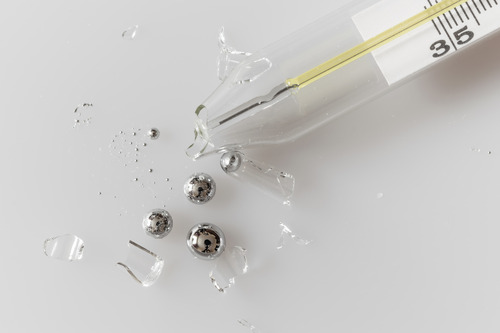
Mercury was once hailed as a miracle substance in medicine. Doctors in the 18th and 19th centuries used mercury to treat a variety of ailments, from syphilis to digestive problems. The substance was thought to kill bacteria and purify the body, but it had toxic effects, leading to mercury poisoning in many patients.
Despite its harmful side effects, mercury continued to be used in treatments for several hundred years. Even today, traces of mercury can be found in some traditional medicines, though the practice is much more regulated. The danger of mercury poisoning wasn’t fully understood until the early 20th century.
4. Phrenology: The Science of Brain Mapping
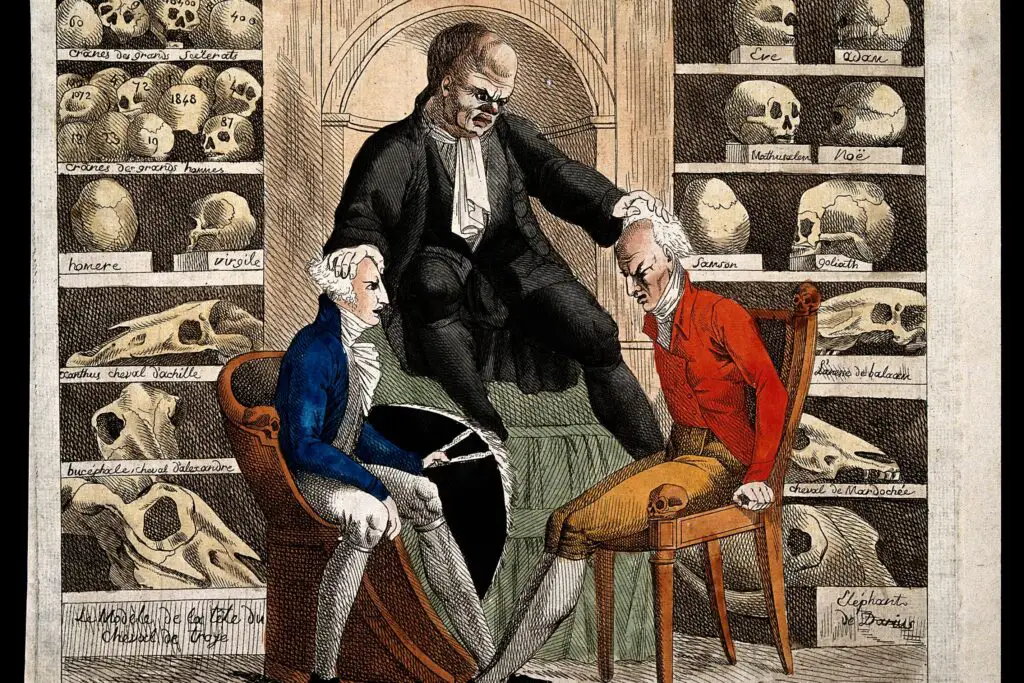
Phrenology was the belief that the shape and size of a person’s skull could reveal their intelligence, personality, and even moral character. Developed in the early 19th century by Franz Gall, phrenologists would examine the bumps and contours of the skull to diagnose mental faculties. While the idea has been thoroughly debunked, it was once regarded as a revolutionary way to understand the human brain.
Phrenology was so widely accepted that it influenced criminal justice systems and education. In fact, many leading figures of the time, including famous scientists, were convinced that a person’s skull could predict behavior and intelligence. Its influence faded by the 20th century as the field of psychology took hold.
5. Radium Therapy: The Glow of Health
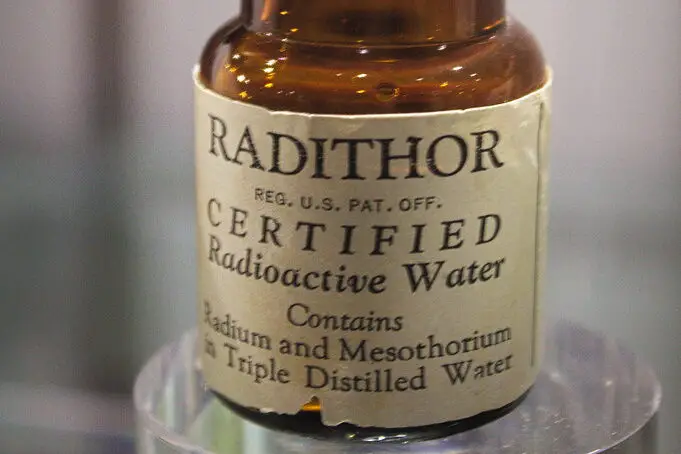
In the early 20th century, radium was seen as the ultimate cure for various health issues. Patients were exposed to radium in hopes of treating conditions like arthritis, cancer, and even just fatigue. The glowing substance was thought to stimulate the body’s metabolism and promote healing.
Unfortunately, the dangers of radiation exposure were not yet known, and many people suffered from severe radiation burns, illnesses, and even death. Radium therapy was popular for a while, but it was eventually phased out when the toxic effects of radiation became clear. The infamous case of the Radium Girls, who suffered horrific health consequences after working with radium, is a chilling reminder of the dangers of this once-celebrated treatment.
6. Lobotomies: The ‘Cure’ for Mental Illness
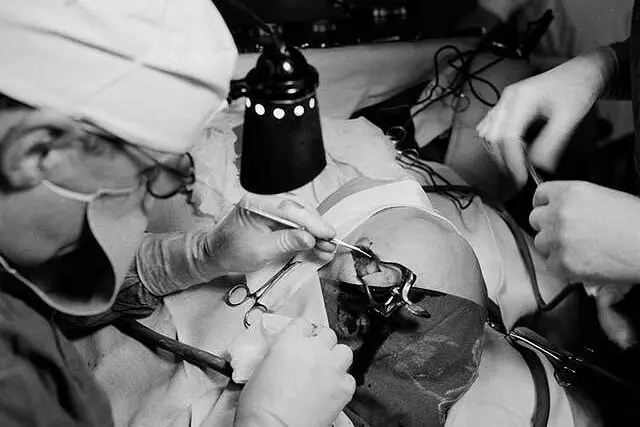
Lobotomies were once a cutting-edge solution for mental illness, especially in cases of severe depression or schizophrenia. This procedure involved cutting or damaging parts of the brain to alter a person’s behavior. It was widely used from the 1930s to the 1950s, with doctors believing it would help relieve the symptoms of mental illness.
Though some patients showed temporary improvement, the procedure often left individuals with permanent brain damage or a loss of cognitive functions. The practice was largely abandoned as more effective treatments for mental health were developed. The lobotomy’s dark history serves as a cautionary tale about the dangers of unproven medical procedures.
7. X-Ray Therapy for Skin Conditions

In the early 1900s, X-rays were seen as a revolutionary tool in medicine, not just for diagnosing internal problems but for treating skin conditions like acne and warts. Doctors would use direct radiation to treat these conditions, believing it would speed up healing and reduce inflammation. The treatment was considered safe at the time, though we now know that exposure to radiation can lead to cancer.
Unfortunately, many patients who underwent X-ray therapy for cosmetic reasons later developed radiation burns and skin cancers. As the dangers of radiation became more apparent, this therapy fell out of favor. Today, X-rays are primarily used for diagnostic purposes, with much more careful regulation in place.
8. The Use of Electric Shock for Pain Relief

In the 19th and early 20th centuries, electricity was seen as a miracle cure for a variety of ailments. One such treatment involved using electric shocks to relieve pain, particularly in patients suffering from chronic conditions like arthritis or nerve pain. The idea was that electricity could stimulate the nerves and muscles, bringing relief from discomfort.
Although electric shock therapy for mental illness has been updated and is now used as a last resort in some cases, early forms of this treatment were less controlled and often caused injury. Today, electric shock therapy is far more refined and is used in much safer, more targeted ways, such as with Transcranial Magnetic Stimulation (TMS) for depression.
9. Inhalation of Ether for Pain Relief
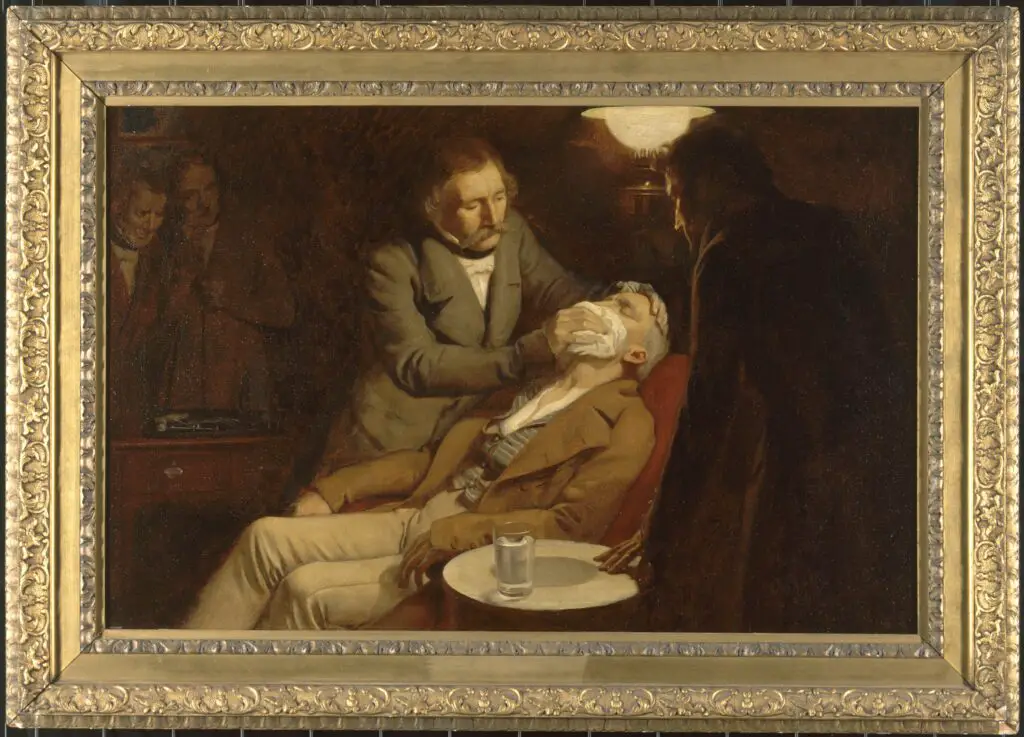
Ether was one of the first anesthetics used in medical surgeries, and for a time, it was regarded as an essential tool in pain management. During the 19th century, ether was inhaled by patients to put them into a deep sleep before surgery, preventing them from feeling the excruciating pain of the procedure. However, while ether was effective in numbing pain, it also carried risks of side effects and complications, including death.
As medical science progressed, ether was replaced by more effective and safer anesthetics, such as nitrous oxide. Despite its dangers, ether paved the way for modern anesthesia, which is now far more sophisticated and closely monitored.
10. The Use of Ice Baths for Fever Reduction

During the 19th century, ice baths were often used to reduce fevers, with doctors believing that cold water would help lower the body’s temperature. Patients were submerged in ice-cold water for hours at a time, sometimes with only their heads exposed. This treatment was thought to bring immediate relief from high fevers, especially during dangerous diseases like smallpox and influenza.
However, the practice could be dangerous and even deadly, as extreme cold exposure could lead to shock, hypothermia, or even organ failure. Today, fever treatments focus on more controlled methods, like medication and hydration, that target the underlying cause of the fever instead of the body’s temperature alone.
11. Snake Oil: The ‘Miracle’ Cure-All
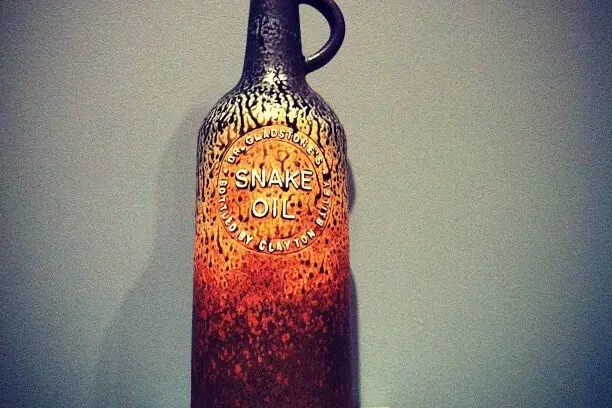
In the 19th century, snake oil was marketed as a miracle cure for just about everything, from pain relief to improving vitality. Originally, it was made from the oil of Chinese water snakes, and its sellers claimed that it could treat ailments like arthritis, headaches, and even coughs. The product quickly gained popularity in the U.S., though its supposed healing properties were largely a hoax.
As it became clear that snake oil didn’t work, it became a symbol for fraudulent medical treatments. The term “snake oil salesman” is still used today to describe someone selling deceptive or false products. While snake oil might have been a bizarre remedy, it contributed to the modern-day awareness of the importance of regulation in medicine.
12. The Use of Radium for Skin Toning

In the early 1900s, radium was not just used for therapy but also for beauty treatments. Women were encouraged to use radium-infused creams and cosmetics, as it was believed to improve skin tone and reduce wrinkles. The glowing substance was marketed as an anti-aging miracle.
As with radium therapy, it wasn’t long before the toxic effects became apparent. Skin burns, cancers, and other severe health issues followed, prompting the ban of these dangerous beauty treatments. Radium’s use in cosmetics is a stark reminder of the perils of unregulated beauty trends.
13. The Use of Asbestos for Healing

Asbestos was once used in various medical treatments, particularly for its purported ability to “heal” wounds. Doctors in the 19th century believed that asbestos could help prevent infections and promote healing due to its natural properties. It was also used in the production of medical gauze, bandages, and even in some forms of surgery.
Unfortunately, it was later discovered that asbestos exposure could cause a range of deadly diseases, including lung cancer and mesothelioma. Its widespread use in construction and medical products was a major health crisis, and asbestos is now heavily regulated in most countries. The once-innovative use of asbestos has since become infamous for its harmful effects.
14. The Bizarre ‘Cure’ of Water Cure

In the 19th century, a practice known as the “water cure” became popular as a treatment for a variety of conditions, including fever, exhaustion, and even mental illness. Patients were submerged in water or wrapped in wet sheets, sometimes enduring long periods of soaking. Proponents believed that this would help flush out toxins and restore balance to the body.
While water therapies can be effective for some conditions, the extreme practices involved in the water cure could often be dangerous. It wasn’t uncommon for patients to develop hypothermia or dehydration from excessive exposure to water. Today, the water cure has been replaced by more scientifically backed treatments.
15. The ‘Cure’ of Hot and Cold Compresses

Doctors in the 18th and 19th centuries often recommended hot and cold compresses for everything from fevers to infections. The logic was that alternating temperatures would stimulate the body’s natural healing processes. Patients would alternate between ice-cold and scalding-hot compresses, hoping to reduce inflammation or balance body temperature.
Though temperature-based treatments have remained a part of modern medicine, the extreme fluctuations of heat and cold were far more dangerous in the past. Today, we use more targeted and controlled temperature therapy, such as heating pads and ice packs, to treat injuries and discomfort more safely.
16. The Use of Radium Water for Health

In the 1920s, radium water was marketed as a health elixir that could purify the body and provide vitality. This radioactive water was said to cure ailments ranging from cancer to digestive issues. Despite the obvious risks associated with radioactivity, many consumers believed in its benefits, drinking it regularly for years.
When the dangers of radium became better understood, the sale of radium-infused products was halted. Radium water has since become an iconic example of the health risks posed by unregulated treatments. This bizarre trend remains a stark reminder of how far medical beliefs can sometimes stray from reality.
17. The Cautery Burn Treatment

In the early 1900s, cautery burns were used to treat a variety of ailments, including infections and even cancer. The procedure involved burning specific areas of the skin or body to supposedly remove diseased tissue and promote healing. This treatment was thought to have medicinal properties and was seen as an advanced method of intervention.
Though cautery burns were often used by surgeons in the early 20th century, the practice soon fell out of favor due to the severe side effects and risks of scarring. Today, cautery procedures are still used for certain minor treatments, but with much more precision and care.
18. The ‘Cure’ of Electric Shock Baths

Electric shock baths were once believed to be a cure for everything from stress to poor circulation. Patients would sit in a bath of warm water while electric currents were passed through the water, allegedly stimulating the body and promoting health. This bizarre treatment was believed to improve circulation and restore energy.
While electric baths are no longer used as a general health treatment, the idea of stimulating the body with electrical currents has been refined. Today, treatments like Transcutaneous Electrical Nerve Stimulation (TENS) therapy use controlled electrical impulses to help with pain management, but they are much safer and more effective than the electric shock baths of the past.
